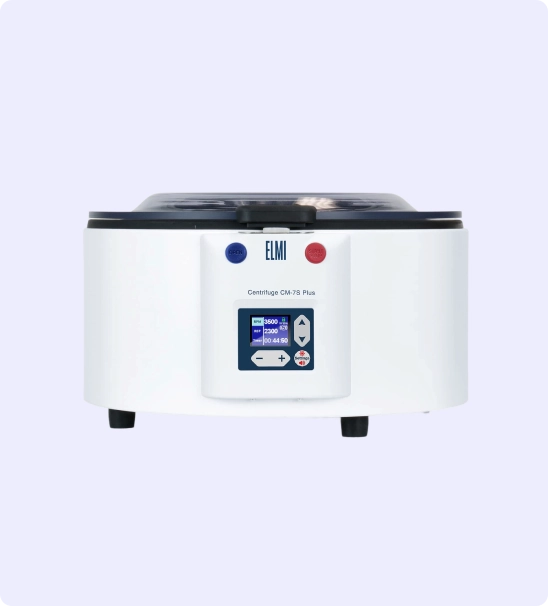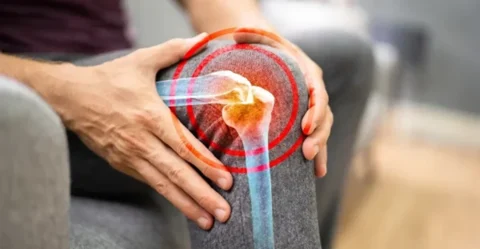Platelet-rich plasma (PRP) injections are becoming a popular alternative hair treatment to hair transplantation. The use of the body’s own blood growth factors in PRP means minimal side effects for most people, and this continues to appeal to a growing number of clients. But even with the emergence of PRP, some still prefer getting a hair transplant.
So which procedure can give you better results? Hair transplants have a high success rate, although not everyone is a candidate for the procedure. PRP injections need multiple sessions for visible effects but are non-invasive. To truly know which method is better for you, consult with your provider.
Platelet-Rich Plasma (PRP) Injections
PRP therapy is composed of three steps: blood extraction, centrifugation, and injection. The doctor draws blood from the patient. A centrifugal device then segregates the blood components from each other to isolate the PRP. Finally, the PRP will be injected into the scalp to stimulate the hair cells and encourage healthy blood circulation in the follicles.
Some specialists combine PRP with other procedures, such as microneedling. PRP is advisable for patients who do not have immune deficiency conditions, such as HIV. Side effects are generally minimal and resolve within a few weeks.
How It Works for Hair Loss Treatment
PRP treatments for the hair can last for 30 to 60 minutes, depending on the size and location of the treatment area. Some patients respond quickly to treatment, with effects visible in a few weeks time. But do note that most specialists recommend a series of 3 treatments, spaced in intervals of 4 to 6 weeks, while maintenance sessions will also follow after 4 to 6 months.
The procedure begins when the doctor draws blood from the patient’s arm or another suitable body part. After extraction, the blood will be transported into a centrifuge. The device spins the blood sample rapidly to separate the contents of the blood from each other. There are 3 visible layers after the procedure:
- Erythrocytes (red blood cells)
- Platelet-Poor Plasma
- Platelet-Rich Plasma
After centrifugation, the doctor puts the platelet-rich plasma into a syringe and injects it into the patient’s scalp. The treatment aims to stimulate hair growth by promoting healthy blood circulation and restoring activity to the hair cells and scalp.
Side Effects
Although PRP injections are generally safe, there are a few side effects that could come after the procedure. These are minimal and tend to resolve within a couple of days. Some of the most common side effects include:
- Bruising
- Swelling
- Slight pain
- Skin irritation
- Risk of infection
Bruising and swelling are common bodily responses to the procedure. They usually resolve within a few days. Your doctor may allow you to apply a cold compress on the area after 3 days to help lessen the appearance of bruising. Some amount of swelling usually indicates that the PRP treatment is working as intended.
Slight pain is typically felt around the treatment site. A dose of Tylenol will help minimize the pain. Avoid taking non-steroidal anti-inflammatory drugs (NSAIDs) like aspirin, naproxen, or ibuprofen as these can negatively interact with the PRP.
As for skin irritation, redness and itching may follow in the days after the injection. Refrain from unnecessarily scratching, picking, or touching the area. These may introduce harmful bacteria to and put you at risk for infection. If you experience fever, pus leakage, or other similar signs of infection, tell your doctor right away.
Recovery Time
The recovery time after a PRP procedure is generally short. Most people can return to their usual activities within a couple of days, although limited movement is advised near the treatment site. Patients are advised to practice consistent exercise and eat a healthy diet to help maximize the effects of the procedure.
Cost
A PRP injection may cost around $400 to $1300, depending on the size and location of the treatment site. The availability of equipment and specialists will also affect the pricing in your area. The amount of treatments necessary for each patient also depends on their condition. You may consult with your provider to get a rough estimate for all of your expenses.
Hair Transplant
Hair transplants have been around for decades. They are a tried and tested solution for hair loss, with around 90% of procedures resulting in restored hair growth for patients. Transplants are much more invasive since they are surgical procedures. Additionally, not everyone is eligible for a hair transplant—many patients are too young or have an incompatible hair type.
How It Works for Hair Loss Treatment
Hair transplants work by transferring hair from healthy patches (donor areas) to an area that is thinning or completely bald. The doctor can extract the hair follicles individually using specialized equipment. Another method is removing a thin strip of hair from the donor area and placing it onto the new site via stitches. Regardless of the technique used, a local anesthetic is used to numb the area.
Hair plants are generally effective. For many patients, it only takes a single operation for hair to visibly grow back in the treatment area. However, the procedure isn’t compatible with everyone. You need to have enough donor hair to make transfer possible, and many doctors also screen candidates based on age, overall health, and hair type. If a majority of your head has unhealthy patches of hair, you might not be able to push through with the surgery.
GET MEDICAL-GRADE BLOOD COLLECTION NEEDLES AT 20% OFF WITH CODE “20OFF” ON YOUR FIRST ORDER.
Stock up on blood collection needles and other medical and aesthetic supplies with FACE Med Store. Checkout today and get 20% off your order.

Side Effects
Qualified surgeons are in charge of administering hair transplants. The local anesthetic ensures that little to no pain is felt during the procedure. After the operation, some side effects may still happen. These include:
- Bleeding
- Scarring
- Swelling
- Pain
- Risk of infection
The transplant is a surgical procedure, which means there will be cuts and incisions on the skin. The surgeon will create incisions to remove hair follicles and transfer them onto the treatment area. After the procedure, bandages will be used to lessen the bleeding. Make sure to follow your doctor’s guidelines on replacing and cleaning the dressing.
Some surgical techniques may leave some scars behind, and these can appear in both the donor area and the transplant site. If you’re worried about the size and visibility of the scar, you can talk to your surgeon to re-evaluate the procedure. Raised bumps may also appear in the area as hair grows back. Over time, these bumps become hidden by the growing hair. You may opt for more conservative treatments like PRP if scars are a dealbreaker for you.
Pain and swelling are normal after the procedure. A dose of pain relievers, like Tylenol, can help you go through the recovery period. You may also talk to your doctor about using a cold compress to ease the swelling. Make sure to consult with your provider before taking any medicine, as some drugs may cause adverse reactions.
There is also a slight risk of infection after the surgery. Watch out for the most common signs of infection, including leakage, intense pain and swelling, and fever. If you feel any of these signs, contact your doctor right away. A course of oral antibiotics is necessary to get rid of an infection. Avoid self-medicating with antibiotics as these can lead to resistant bacteria, which are harder to treat.
Recovery Time
After 2 to 5 days, most patients can return to their usual routines. Light physical activity is advised to avoid overexertion and fatigue. After 2 to 3 weeks, the hair from the donor areas will shed, but new growth should follow after 5 to 6 weeks. Half-inch growth will be visible after one month.
Cost
Costs for hair transplants vary per person. The usual range is $4,000 to $15,000, depending on the type of treatment, the location of the provider, and the pedigree of the surgeon. Since hair transplants are considered cosmetic procedures, insurance companies may not cover the cost.
Improve Your Results with PEP Factor
PEP Factor is a formulation that can go hand-in-hand with your chosen procedure. It has ingredients that stimulate cell growth and repair, helping you maximize the effects of your PRP treatment. Since it’s a natural formulation, there are also minimal side effects compared to regular hair care products.
Get High Quality Hair and Medical Supplies at FACE Med Store
The results of your PRP treatment or hair transplant may show up after a couple of months. To get the best results possible, it’s good to use safe and effective formulations to supplement your treatment such as PEP Factor.
At FACE Med Store, we offer only high-quality beauty and medical tools and supplies to help professionals and patients alike to attain their desired results. We have an extensive list of products, including hair care treatments like PEP Factor. For updates on our current stock list, you may contact us at info@facemedstore.com.
















